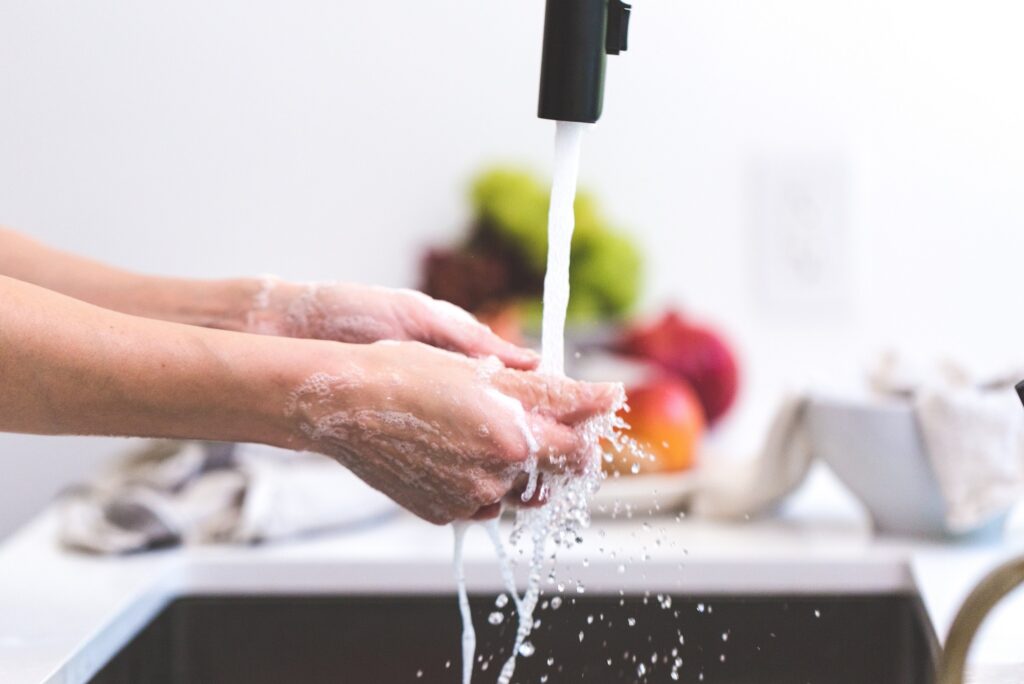Cleanliness has become a top priority like never before and we often hear these words thrown around interchangeably. You may wonder, “What is the difference between cleaning, disinfecting, and sanitizing?”
It can be confusing to tell the difference, and more confusing still to know when you should sanitize versus clean. Let’s walk through what those differences are and give some principles on when you should clean, sanitize, or disinfect.
What is the Difference?
It helps to think of these words as being on a spectrum with cleaning being on one hand, and disinfecting being on the other end, with sanitizing in the middle.
Here is how the CDC defines these words:
Cleaning removes germs, dirt, and impurities from surfaces or objects. Cleaning works by using soap (or detergent) and water to physically remove germs from surfaces. This process does not necessarily kill germs, but by removing them, it lowers their numbers and the risk of spreading infection.
Disinfecting kills germs on surfaces or objects. Disinfecting works by using chemicals to kill germs on surfaces or objects. This process does not necessarily clean dirty surfaces or remove germs, but by killing germs on a surface after cleaning, it can further lower the risk of spreading infection.
Sanitizing lowers the number of germs on surfaces or objects to a safe level, as judged by public health standards or requirements. This process works by either cleaning or disinfecting surfaces or objects to lower the risk of spreading infection.

When should I be cleaning, sanitizing, or disinfecting?
Please note that all of these are general principles.
You want to clean your hands, preferably with soap and water. It can be dangerous to your skin to apply a disinfectant product, as it can cause skin damage.
Washing your hands with soap and water, or using sanitizer, will wash off dangerous bacteria, while not killing the helpful bacteria that live on our skin.
If you are wondering if a product is an all-purpose cleaner or can be used for sanitizing and disinfecting, look for a DIN number. All disinfectants and sanitizers in Canada will have a DIN number.
Sanitizing products are much stronger, killing 99.9% of germs on non-porous surfaces. Disinfectants are stronger still, killing 99.99% of germs on non-porous surfaces (i.e. bleach).
You’ll want to disinfect high-touch surfaces that are used often (i.e. doorknobs, keyboards, toilet handles, etc.). However, if it is a counter that is used for food preparation, you will want to sanitize that so that the chemical residue does not remain.
If a surface is visibly dirty, you’ll want to clean it first, followed by sanitizing or disinfecting it.
Don’t Forget About Safety
Whether you are cleaning, disinfecting or sanitizing, you want to make sure that you are cleaning in a safe way.
What does that mean? Follow the instructions on the product label and if you are not sure if a product should be used, call the manufacturer.
With stronger products, wear gloves to protect your skin.
With all of the focus on cleaning these days, it can be overwhelming to make sure you are doing it correctly. However, remember to clean your hands and sanitize or disinfect your surfaces, and you will be just fine.
